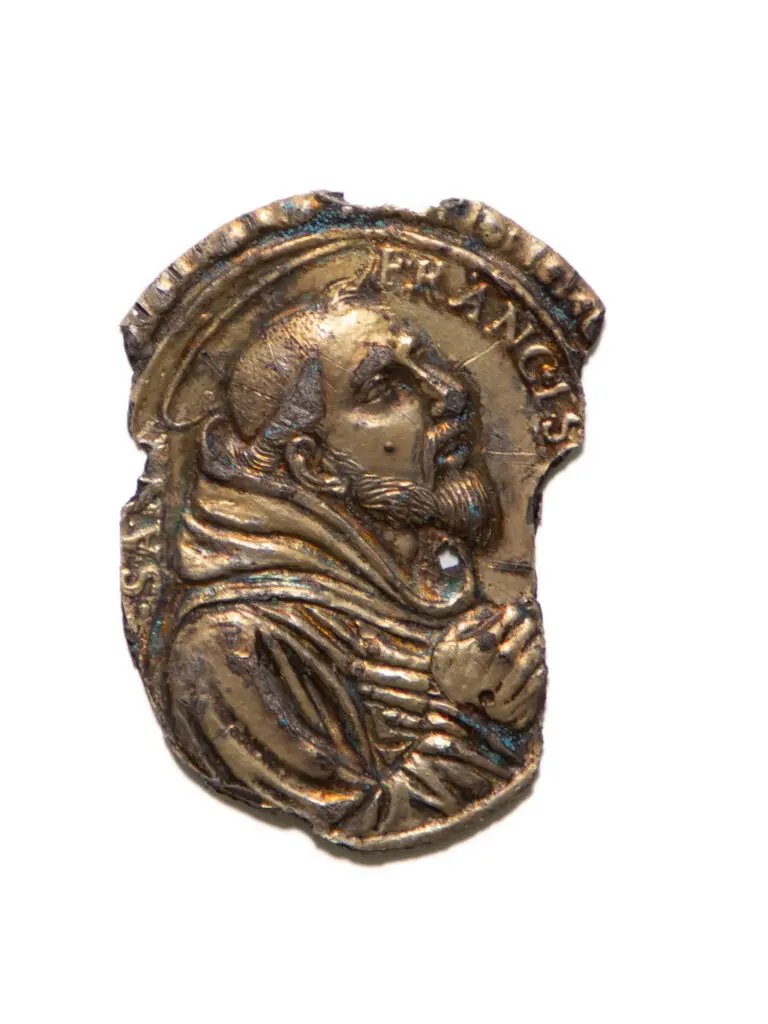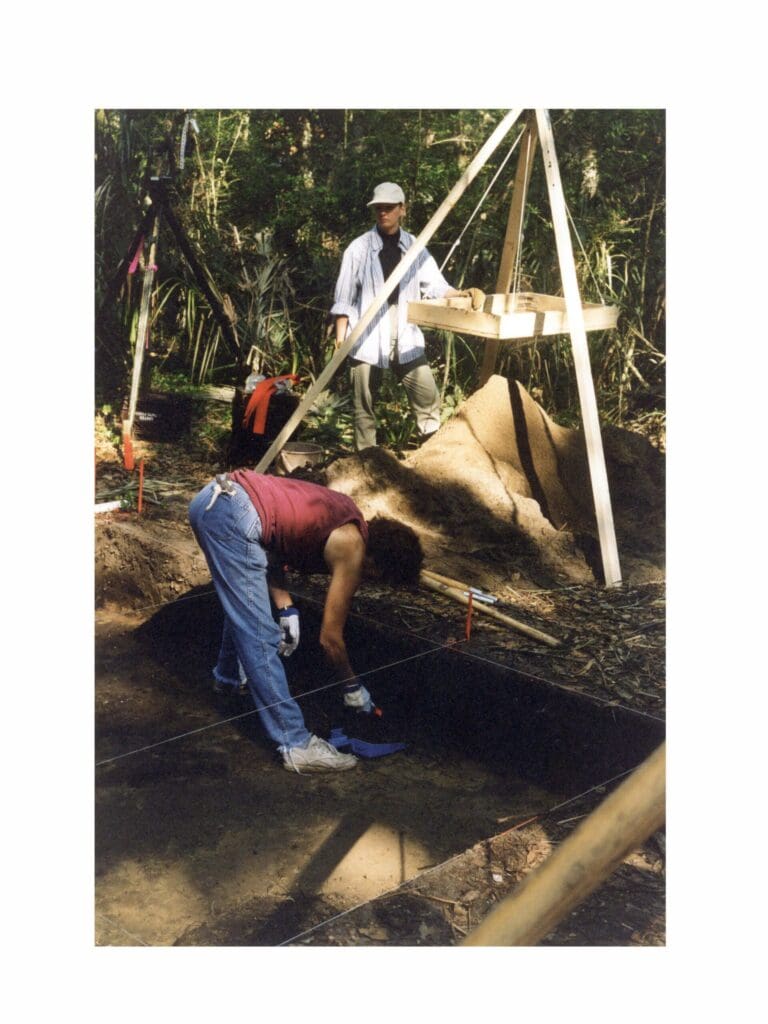Saint Francis of Assisi Medallion
This medallion is embossed with a portrait of Saint Francis of Assisi, the founder of the Franciscan Order. It was recovered from a Spanish shipwreck off the Florida coast.
Courtesy of Bureau of Archaeological Research, Division of Historical Resources, Florida Department of State
Beginning in the 1570s, Apalachee, Timucuan, and other Florida Indian groups worked with Spanish leaders and Franciscan friars to create new settlements founded on a mix of traditional Indian lifeways, Catholic teachings, and European manufactured goods. These settlements stretched from St. Augustine to present-day Tallahassee, and were linked by a road called the Camino Real. Gift exchanges, tribute payments, and religious rituals were the glue that held this system together.
Three Fast Florida Facts
- Spanish records indicate that in 1650 Spanish officials paid Florida Indians 6,800 gold coins in tribute.
- Florida Indian leaders’ two primary forms of tribute to the Spanish crown were labor and corn. During the mid-1600s, 300 Indian workers labored to build St. Augustine’s Castillo de San Marcos, the city’s signature fortress.
- In all, Indian chiefs, Franciscans, and Spanish officials established forty-four Indian-Spanish mission towns.




